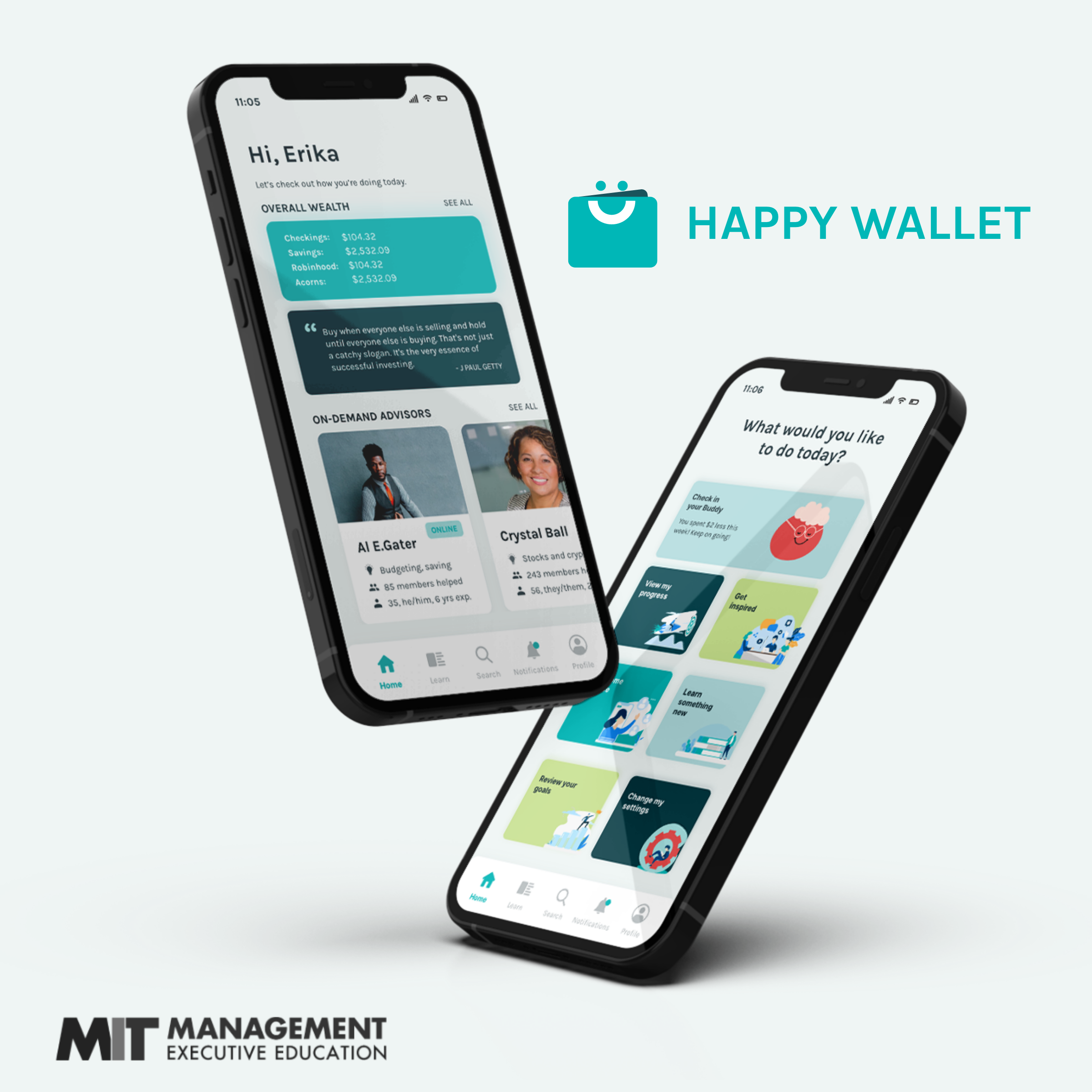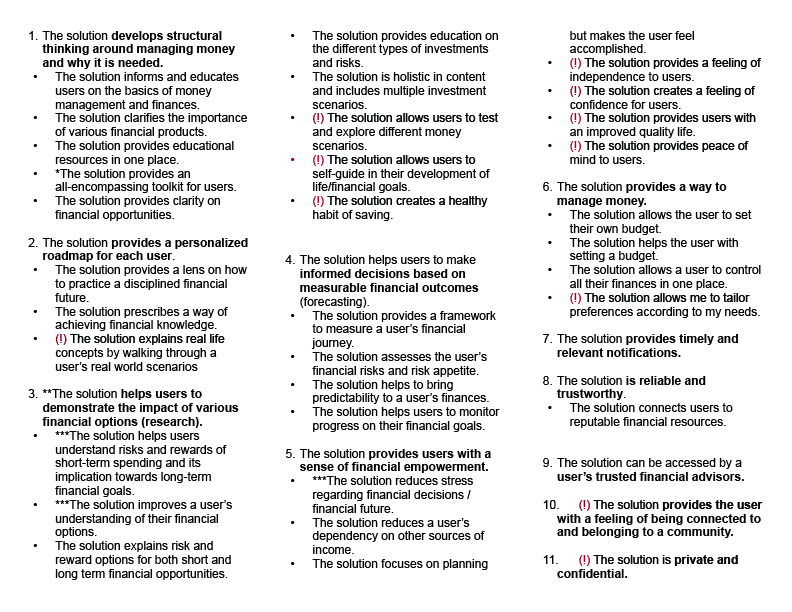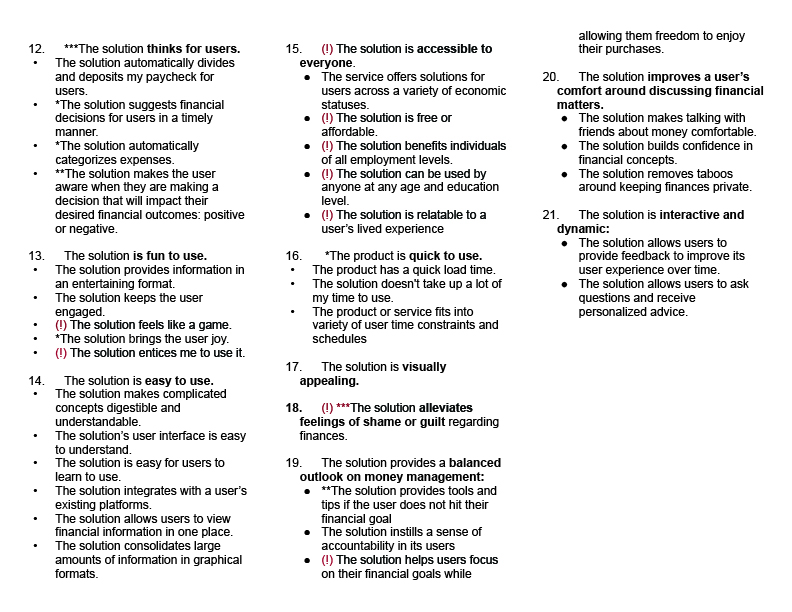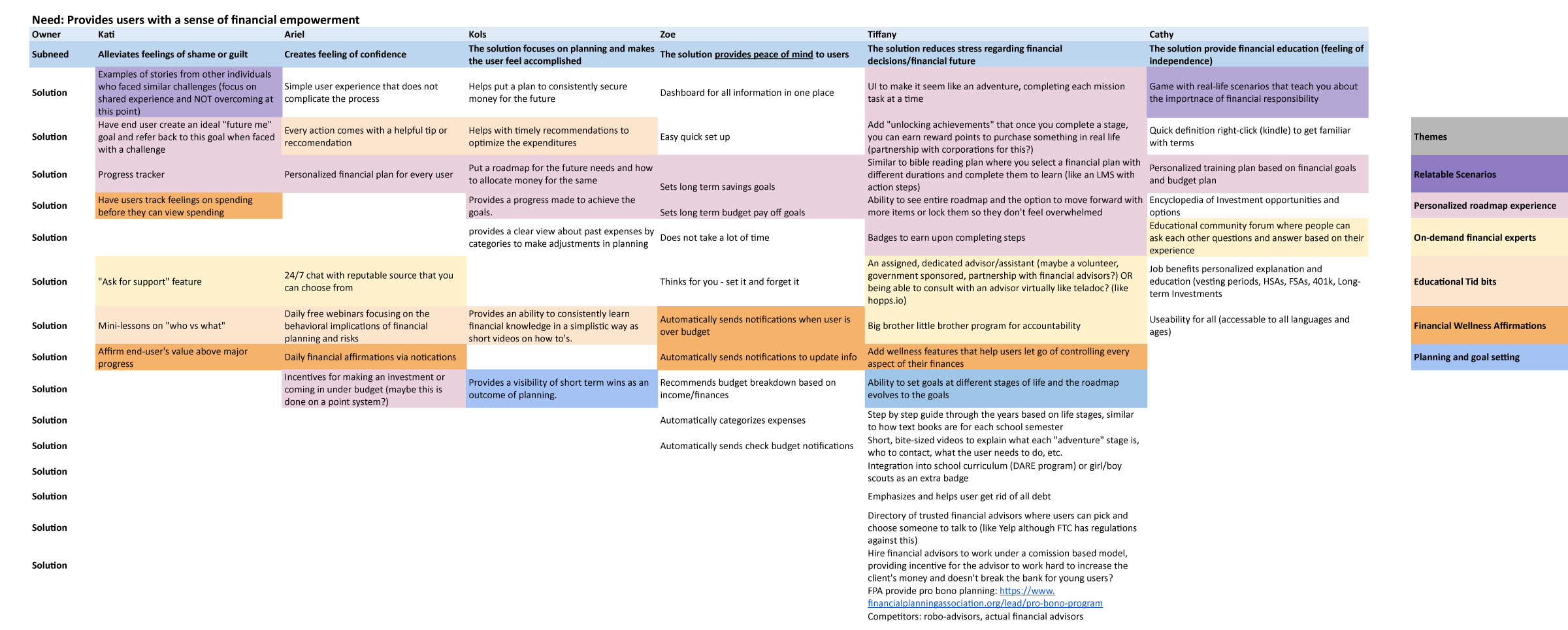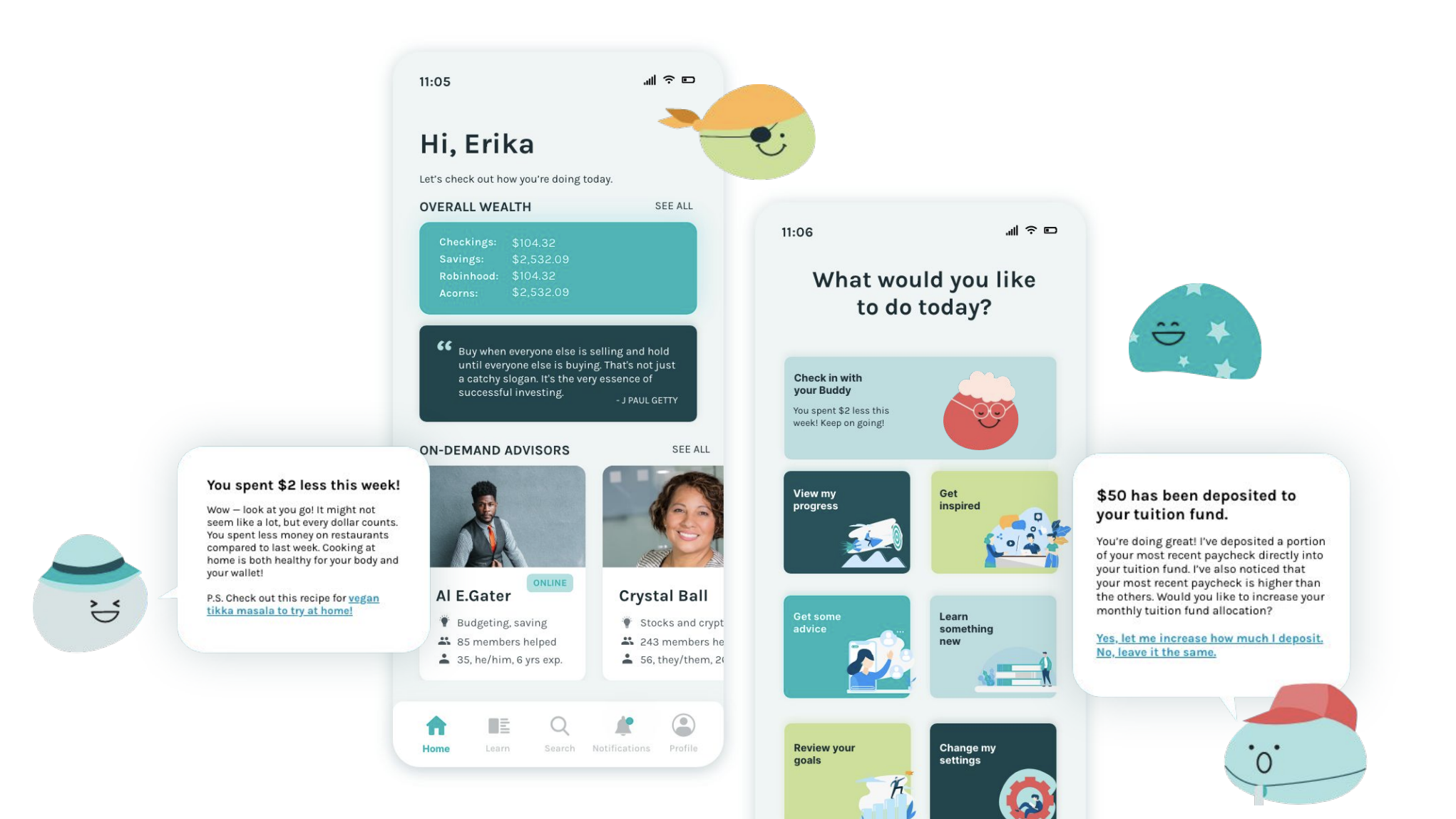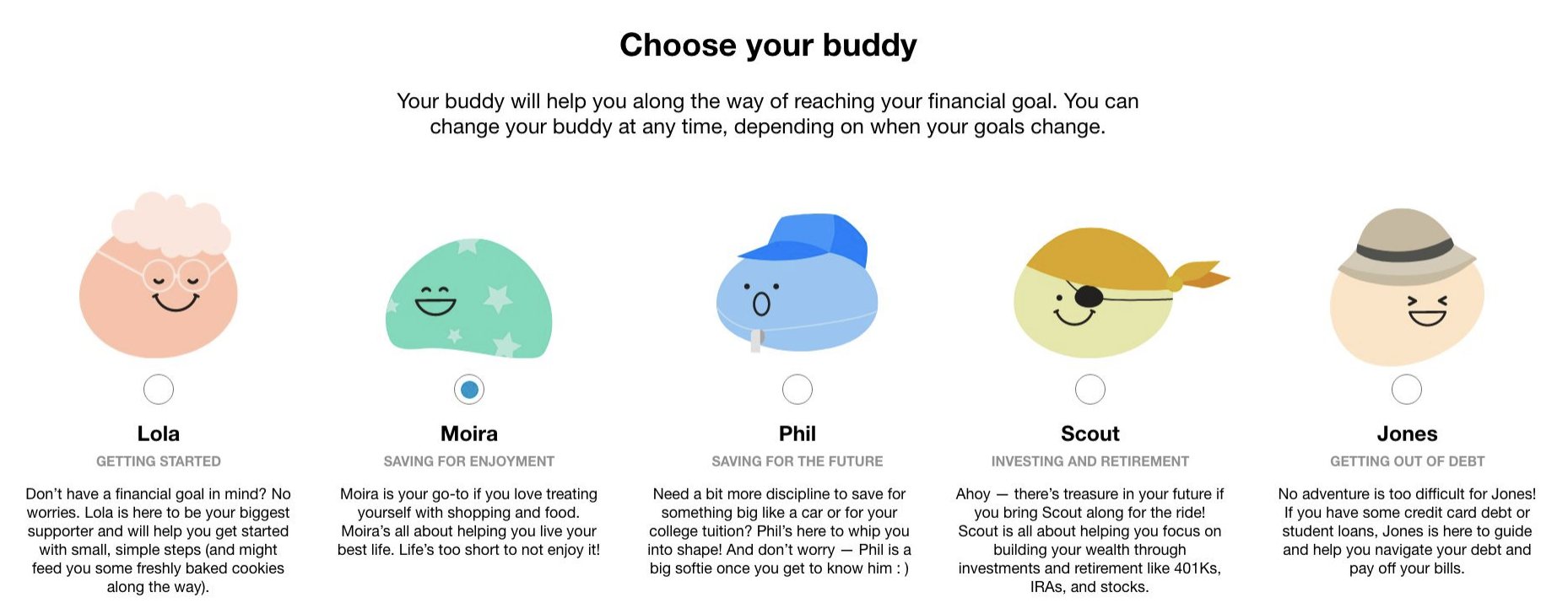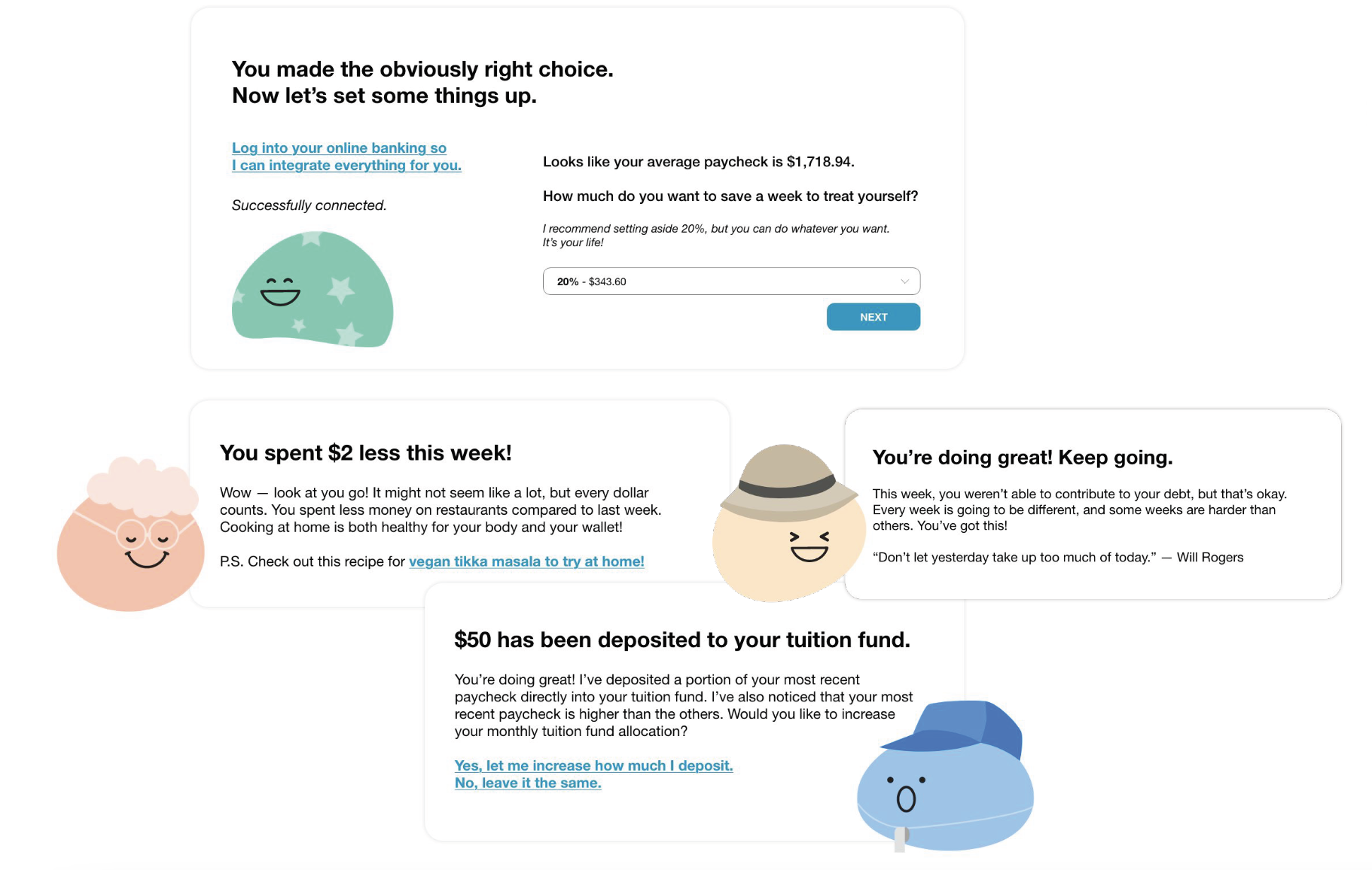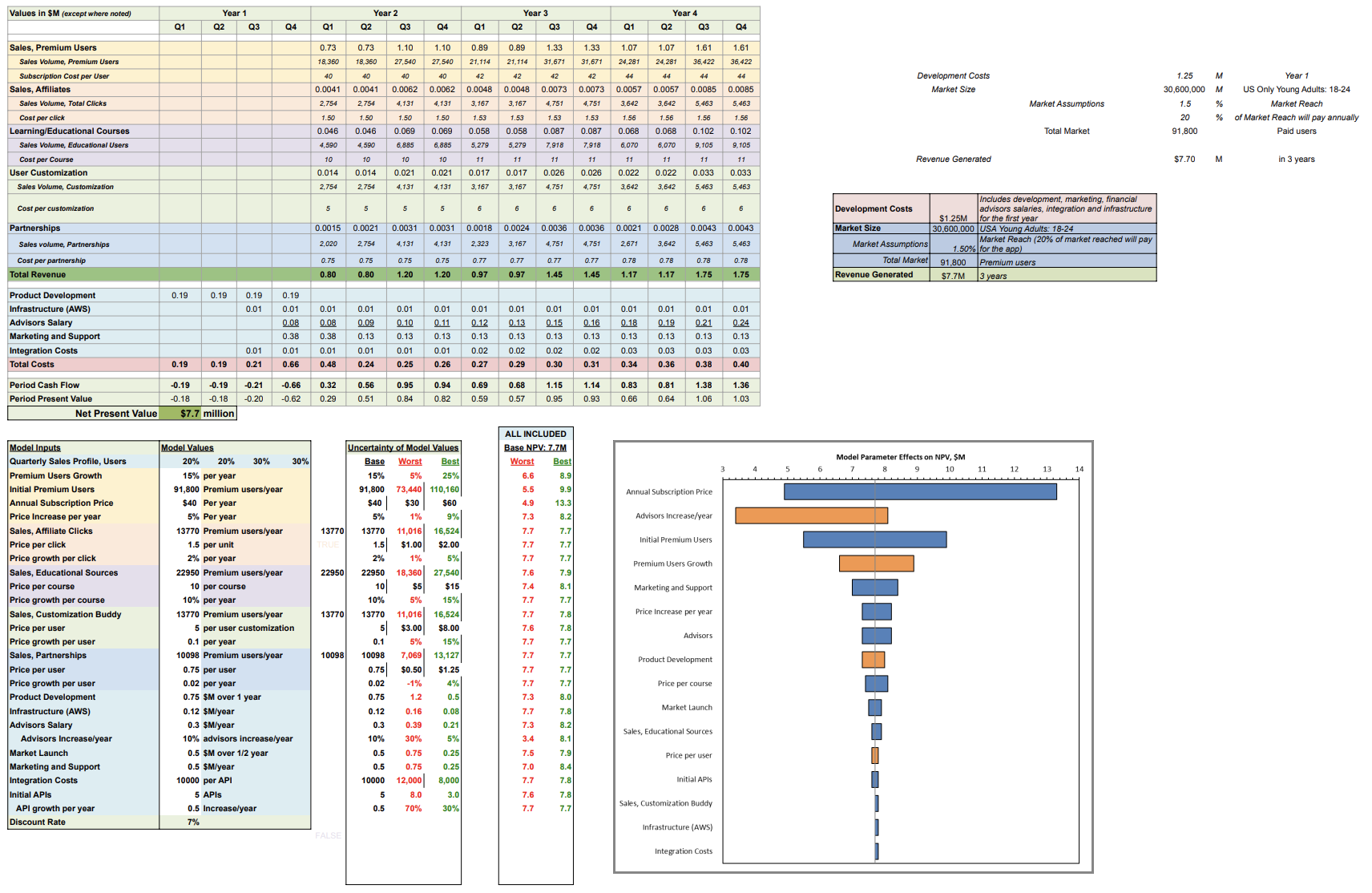Mastering Design Thinking at MIT
- conducting interviews/user research
- identifying primary, secondary, and latent needs;
- creating service experience cycle and customer journey maps
- discovering real, winnable opportunities
- appling the design for environment (DFE) and life cycle assessment (LCA) principles to the product design process.
- performing competitive and financial analyses (NPV calculations)
- designing a prototype of the product solution
- presenting the solution to Steven Eppinger

